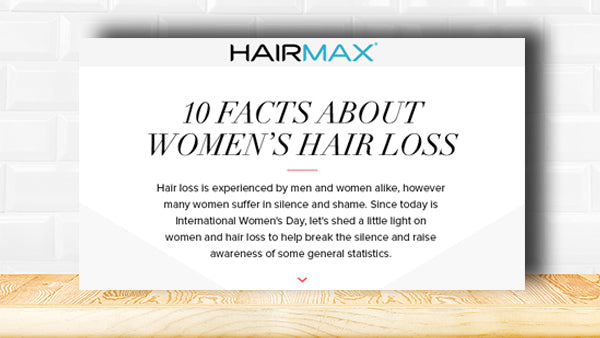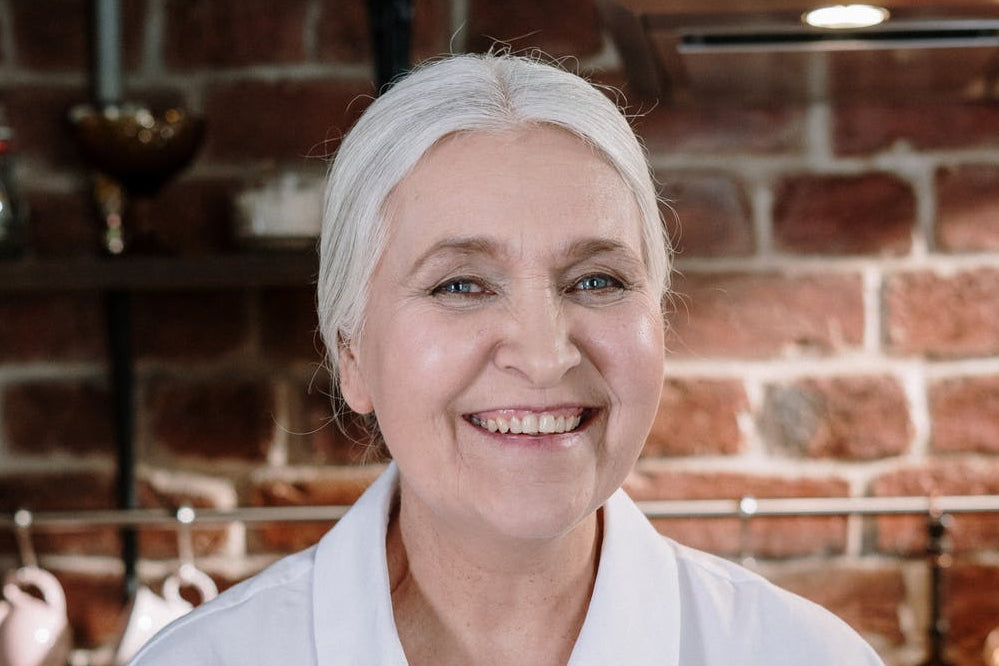- Genetic hair loss - Like men, hair loss in women can be heredity. This can be noticed mostly at the top of the scalp, unlike men who can mostly lose their hair at the back, crown area. This is referred to as female pattern hair loss.
- Childbirth – After birth a women’s hair can fall out due to anxiety. A rebalancing of hormones causes hair loss. While pregnant, a build-up of oestrogen retains the hair strands that would normally be shed during the course of the hair lifecycle. After birth the rebalance causes hair to shed. Sometimes, they are replaced by newer hairs; however the situation can cause female pattern hair loss.
- Medical causes – There are some other influences of hair loss that can be more of an underlying problem than just regular hair loss, these include; Anorexia or bulimia, diabetes and an iron-0 defiency anaemia. Also, certain pills such as the contraceptive pill can cause hair loss in women. Hair loss as a result of medical or nutritional problems and medications leads to diffuse hair thinning, similar to female pattern hair loss but not restricted to the top of the head, but can also result in excessive shedding.
- Washing is good - In order to keep your hair clean and healthy it needs to be washed regularly. Also, make sure that your shampoos are free of any harmful chemicals that can cause hair loss, such as Sulphates. Using conditioner can also be effective, but make sure you apply it to the hair shafts and not the scalp in order to make the hair softer.
- Stress can cause hair loss or make existing hair loss worse – Stress for prolonged periods can cause changes in hormonal levels, this then leads to hair loss or thinning hair. In order to stop this from happening, take a time away from the stressful part of your daily routine.
- Hair loss is possible for women – Depending on your condition of hair loss, medical treatments such as supplements and laser therapy are an easier solution to hair regrowth. However, if you have ruled out these conditions then people can opt into having a hair-transplant. A 3G FUE (Follicular Unit Extraction), performed under local anaesthetic, is a walk-in, walk-out procedure which can offer a solution to hair loss for women. The process involves removing hairs individually from the back of the head, and moving it to the area that has been most effected by hair loss. This treatment has been around for over ten years and is a proven technique for women, as well as men.
- Protein is important - A key factor to help maintain strong and thick hair is protein. Your hair is made up of keratin protein, so ensuring your diet is high in protein then that will help your hair significantly.
- How many women have hair loss? - 1 in 4 women suffer from thinning or thin hair. Meaning 30 million women are affected by hair loss or thinning hair.
- Tackle hair loss quickly - First and foremost it is important that you visit your GP or a hair loss specialist. They will be able to determine exactly what is causing your hair loss, how it can be reduced and they can recommend a suggested resolution to explore. The quicker you react then you have more of a chance to stop or prevent further hair loss.
- Laser therapy - The HairMax LaserComb is the only version of laser therapy that has the clearance of the FDA for the use as a hair loss treatment device. It helps speed up and generates stronger hair growth. In 7 different studies using the FDA cleared HairMax laser device, 90% of participants experienced significant hair growth. The devices are an ideal non-drug treatment for thinning hair that occurs in most women who are post-menopausal.




Share:
Male and Female Hair Loss
FDA cleared hair loss treatments